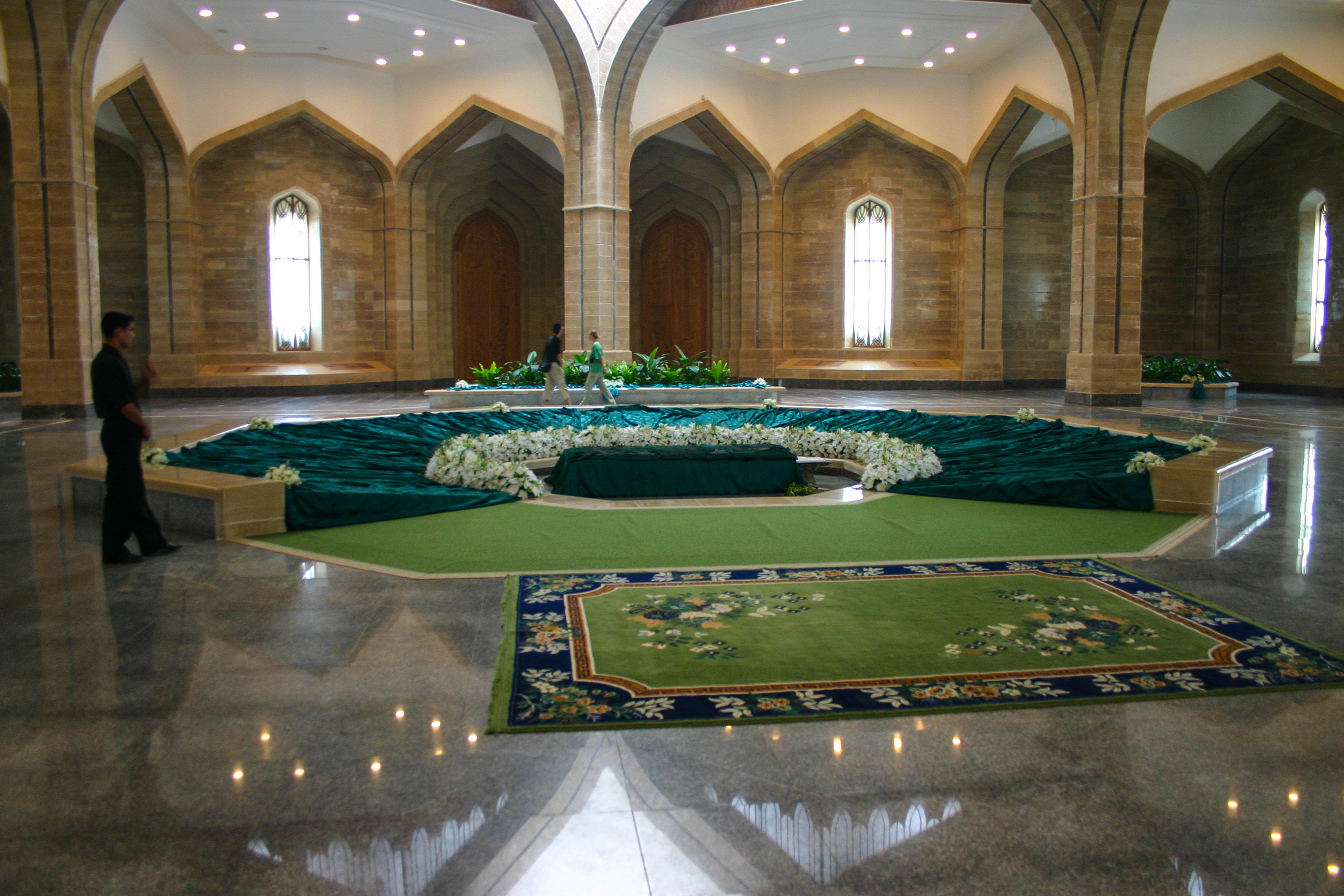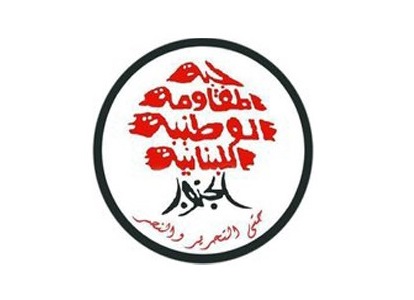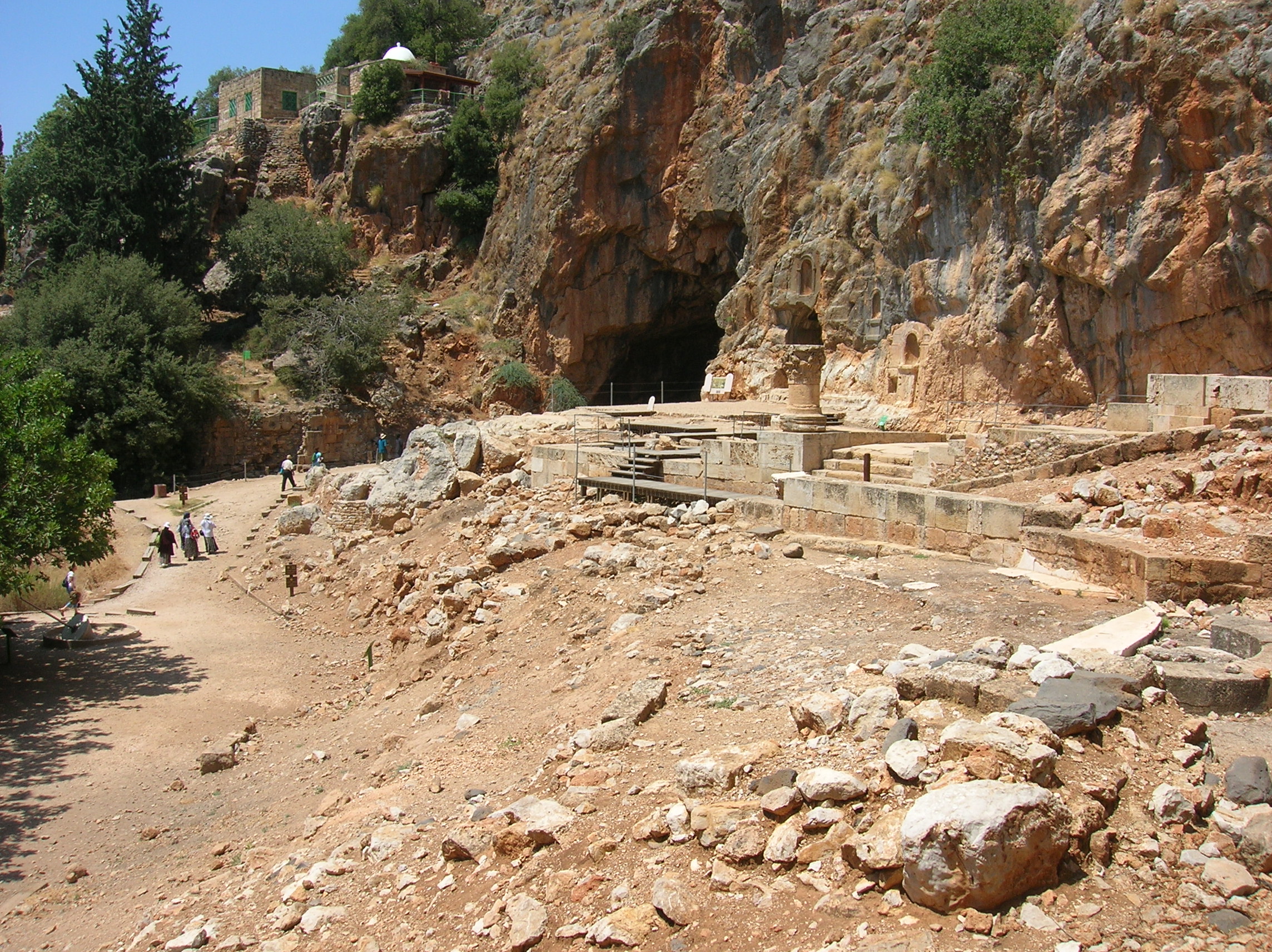|
Ghazi Kanaan
Ghazi Kanaan ( ar, غازي كنعان; 1942 – 12 October 2005), also known as Abu Yo'roub, was Syria's interior minister from 2004 to 2005, and long-time head of Syria's security apparatus in Lebanon. His violent death during an investigation into the assassination of Rafik Hariri drew international attention. Early life and education Ghazi Kanaan was born in 1942 in Bhamra, near Qardaha, the home town of former Syrian president Hafez al-Assad. This region, centered on the coastal town of Latakia, is in heartland Syria's Alawite minority, of which both men were part. Ghazi was a member of the Kalbiyya tribe and a distant relative of Bashar's mother, Anisa Makhlouf. Ghazi graduated from the Homs Military Academy in 1965. Career and activities Ghazi, as a young military officer, pledged allegiance to Hafez al-Assad, who seized power in 1970. Ghazi participated in the fight against the Israelis on the Golan Heights in the 1970s. He rose in rank to colonel and served as th ... [...More Info...] [...Related Items...] OR: [Wikipedia] [Google] [Baidu] |
Qardaha
Qardaha ( ar, القَرْدَاحَة / ALA-LC: ''Qardāḥah'') is a town in northwestern Syria, in the mountains overlooking the coastal town of Latakia. Nearby localities include Kilmakho to the west, Bustan al-Basha to the southwest, Harf al-Musaytirah to the southeast and Muzayraa to the north. According to the Syrian Central Bureau of Statistics, Qardaha had a population of 8,671 in 2004.General Census of Population and Housing 2004 Syrian Central Bureau of Statistics (CBS). Latakia Governorate. It has a predominantly |
2000 Lebanese General Election
General elections were held in Lebanon between 27 August and 3 September 2000 to elect the 128 members of the Parliament of Lebanon. Independent candidates won the majority of seats, although most of them were considered members of various blocs. Voter turnout was 40.5%. Results Of the 86 independent MPs, 48 were considered to be members of various blocs:Nohlen ''et al''., p190 *26 in the Hariri bloc *6 in the Berri bloc (plus the ten Amal Movement MPs) *6 in the Jumblatt bloc (plus the six Progressive Socialist Party MPs) *5 in the Faranjiyyah bloc *3 in the Murr bloc *2 in the Hezbollah bloc (plus the ten Hezbollah MPs) *1 in the Kataeb bloc (plus the party's two MPs) References Lebanon Lebanon ( , ar, لُبْنَان, translit=lubnān, ), officially the Republic of Lebanon () or the Lebanese Republic, is a country in Western Asia. It is located between Syria to Lebanon–Syria border, the north and east and Israel to Blue ... 2000 in Lebanon Elections in Leba ... [...More Info...] [...Related Items...] OR: [Wikipedia] [Google] [Baidu] |
1996 Lebanese General Election
General elections were held in Lebanon between 18 August and 15 September 1996. Independent candidates won the majority of seats, although most of them were considered members of various blocs. Voter turnout was 43.3%. Results Of the 94 independent MPs, 66 were considered to be members of various blocs: *25 in the Hariri bloc *13 in the Berri bloc (plus the eight Amal Movement MPs) *5 in the Hrawi bloc *5 in the Murr bloc *4 in the Jumblatt bloc (plus the five Progressive Socialist Party MPs) *4 in the Salim el-Hoss bloc *4 in the Frangieh bloc *3 in the Armenian Revolutionary Federation bloc (plus one MP from the party) *2 in the Hezbollah bloc (plus the seven Hezbollah MPs) *1 in the Hobeika bloc (plus the Promise Party MP) Voting The elections were held over five successive Sundays. The first, 18 August, were held for the thirty-five seats allocated to Mount Lebanon. This included North Metn, Keserwan & Byblos, Baabda, Shuf & Aley. Hariri allies won 32 of the seats wit ... [...More Info...] [...Related Items...] OR: [Wikipedia] [Google] [Baidu] |
1992 Lebanese General Election
General elections were held in Lebanon between 23 August and 11 October 1992, the first since 1972. Independent candidates won the majority of seats, although most of them were considered members of various blocs. Voter turnout was 30.3%. Results Of the 92 independent MPs, 68 were considered to be members of various blocs:Nohlen ''et al''., p190 *12 in the Berri bloc (plus the five Amal Movement MPs) *11 in the Hrawi bloc *10 in the Salim el-Hoss bloc *9 in the Karami bloc *6 in the Frangieh bloc *5 in the Jumblatt bloc (plus the five Progressive Socialist Party MPs) *4 in the Hezbollah bloc (plus the eight Hezbollah MPs) *4 in the Murr bloc *3 in the Hariri bloc *3 in the Armenian Revolutionary Federation bloc (plus one MP from the party) *1 in the Hubayqa bloc (plus the Promise Party MP) References Lebanon Lebanon ( , ar, لُبْنَان, translit=lubnān, ), officially the Republic of Lebanon () or the Lebanese Republic, is a country in Western Asia. It is l ... [...More Info...] [...Related Items...] OR: [Wikipedia] [Google] [Baidu] |
Hezbollah
Hezbollah (; ar, حزب الله ', , also transliterated Hizbullah or Hizballah, among others) is a Lebanese Shia Islamist political party and militant group, led by its Secretary-General Hassan Nasrallah since 1992. Hezbollah's paramilitary wing is the Jihad Council, and its political wing is the Loyalty to the Resistance Bloc party in the Lebanese Parliament. After the Israeli invasion of Lebanon in 1982, the idea of Hezbollah arose among Lebanese clerics who had studied in Najaf, and who adopted the model set out by Ayatollah Khomeini after the Iranian Revolution in 1979. After failing to agree on a name for the new organisation, the party's founders adopted the name chosen by Ayatollah Khomeini, Hezbollah. The organization was established as part of an Iranian effort, through funding and the dispatch of a core group of Islamic Revolutionary Guard Corps (pasdaran) instructors, to aggregate a variety of Lebanese Shia groups into a unified organization to resist the I ... [...More Info...] [...Related Items...] OR: [Wikipedia] [Google] [Baidu] |
Israel
Israel (; he, יִשְׂרָאֵל, ; ar, إِسْرَائِيل, ), officially the State of Israel ( he, מְדִינַת יִשְׂרָאֵל, label=none, translit=Medīnat Yīsrāʾēl; ), is a country in Western Asia. It is situated on the Eastern Mediterranean, southeastern shore of the Mediterranean Sea and the northern shore of the Red Sea, and Borders of Israel, shares borders with Lebanon to the north, Syria to the northeast, Jordan to the east, and Egypt to the southwest. Israel also is bordered by the Palestinian territories of the West Bank and the Gaza Strip to the east and west, respectively. Tel Aviv is the Economy of Israel, economic and Science and technology in Israel, technological center of the country, while its seat of government is in its proclaimed capital of Jerusalem, although Status of Jerusalem, Israeli sovereignty over East Jerusalem is unrecognized internationally. The land held by present-day Israel witnessed some of the earliest human occup ... [...More Info...] [...Related Items...] OR: [Wikipedia] [Google] [Baidu] |
Lebanese Forces – Executive Command
The Lebanese Forces – Executive Command or LFEC (Arabic: القوات اللبنانية - القيادة التنفيذية , ''Al-Quwwat al-Lubnaniyya – Al-Qiyada Al-Tanfeethiyya''), was a splinter group from the Lebanese Forces led by Elie Hobeika, based at the town of Zahlé in the Beqaa valley during the late 1980s. It was initially founded in January 1986 under the title Lebanese Forces – Uprising or LFU (Arabic: القوات اللبنانية - الانتفاضة , ''Al-Quwwat al-Lubnaniyya – Intifada''), but later changed its designation. Origins The LFU was formed by Hobeika at Zahlé out of his LF supporters, who sought refuge in the Syrian-controlled Beqaa after being ousted from east Beirut in January 1986 by the Lebanese Forces' faction led by Samir Geagea. Renamed Lebanese Forces – Executive Command later that year and financed by Syria, Hobeika and its men conveyed little or no support at all from the Greek-Catholic citizens of Zahlé, who preferr ... [...More Info...] [...Related Items...] OR: [Wikipedia] [Google] [Baidu] |
Homs
ar, حمصي, Himsi , population_urban = , population_density_urban_km2 = , population_density_urban_sq_mi = , population_blank1_title = Ethnicities , population_blank1 = , population_blank2_title = Religions , population_blank2 = , population_density_blank1_km2 = , population_density_blank1_sq_mi = , timezone = EET , utc_offset = +2 , timezone_DST = EEST , utc_offset_DST = +3 , coordinates = , elevation_footnotes = , elevation_m = 501 , elevation_ft = , postal_code_type = , postal_code = , area_code = Country code: 963 City code: 31 , geocode = C2528 , blank_name = Climate , blank_info = Csa , blank1_name ... [...More Info...] [...Related Items...] OR: [Wikipedia] [Google] [Baidu] |
Golan Heights
The Golan Heights ( ar, هَضْبَةُ الْجَوْلَانِ, Haḍbatu l-Jawlān or ; he, רמת הגולן, ), or simply the Golan, is a region in the Levant spanning about . The region defined as the Golan Heights differs between disciplines: as a geological and biogeographical region, the term refers to a basaltic plateau bordered by the Yarmouk River in the south, the Sea of Galilee and Hula Valley in the west, the Anti-Lebanon with Mount Hermon in the north and Wadi Raqqad in the east. As a geopolitical region, it refers to the border region captured from Syria by Israel during the Six-Day War of 1967; the territory has been occupied by the latter since then and was subject to a de facto Israeli annexation in 1981. This region includes the western two-thirds of the geological Golan Heights and the Israeli-occupied part of Mount Hermon. The earliest evidence of human habitation on the Golan dates to the Upper Paleolithic period. According to the Bible ... [...More Info...] [...Related Items...] OR: [Wikipedia] [Google] [Baidu] |
Homs Military Academy
Homs Military Academy is a military educational and training institution located in Homs, Syria. Homs Military Academy was founded in 1933 by France during the Mandate for Syria and the Lebanon. During the period of French administration the Academy provided officer training for the ''Troupes Speciales du Levant'' - the locally recruited Syrian and Lebanese units forming part of the Army of the Levant. Continuing in existence after the end of the Mandate in 1943 and throughout various political changes, it remains the oldest and largest military service institution in Syria. At first, it was primarily an academy for infantry officers, while graduates who selected the other services went on to additional specialized training at other army-operated specialist schools. Graduates were often selected for a military academy in the Soviet Union. Homs Academy allowed entrants who did not possess high level education qualifications, as well as offering a relatively rare rapid career p ... [...More Info...] [...Related Items...] OR: [Wikipedia] [Google] [Baidu] |
Kalbiyya
The Kalbiyya, ( ar, القلبية) Qalbiyya are one of four tribes, or tribal confederations, of the Alawite community in Syria. Syrian Presidents Hafez al-Assad and his son Bashar al-Assad are from the Kalbiyya. Alawite background The Kalbiyya are a tribe, or tribal confederation, of the Alawite community in Syria. The Alawites, also known as Nusayris, are a prominent mystical religious group who follow a branch of the Twelver school of Shia Islam. They are divided into four tribes, sometimes described as tribal confederations: the Matawira, Haddadin, Khayyatin and Kalbiyya. History At the beginning of the 19th century, the Kalbiyya had a reputation for lawlessness and were in open conflict with the Ottoman authorities. In the 1850s, an English missionary, Samuel Lyde lived among them and built a mission and school. He subsequently published a negative but popular account of his time there, in which he wrote that he was convinced that they were like St Paul's description ... [...More Info...] [...Related Items...] OR: [Wikipedia] [Google] [Baidu] |






.jpg)
